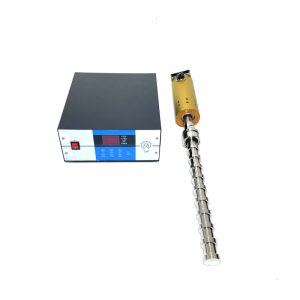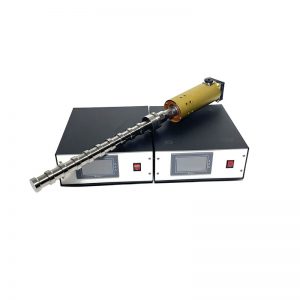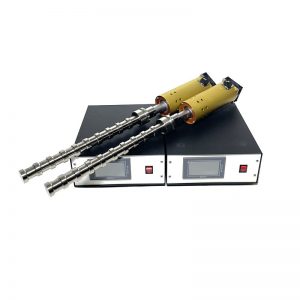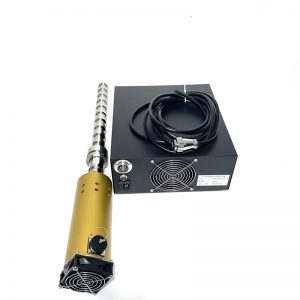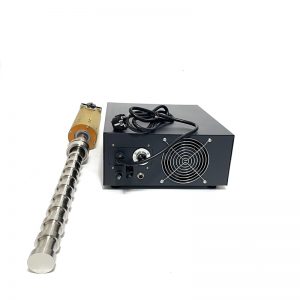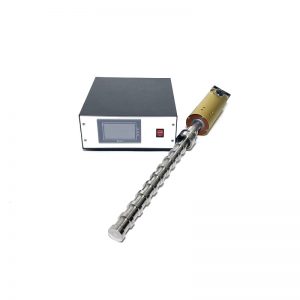 Titanium alloy ultrasonic vibration rod extraction is applied to the extraction of effective content in traditional Chinese medicinal materials, chemical materials, petroleum, industrial raw materials, and plants due to its advantages of low extraction temperature, high extraction rate, and short extraction time. It is a modern high-tech means to replace traditional shearing process methods and achieve efficient, energy-saving, and environmentally friendly extraction. The titanium alloy ultrasonic vibration rod is based on the special physical properties of ultrasound. The titanium alloy ultrasonic vibration rod mainly reduces the force between the target extract and the sample matrix by generating fast mechanical vibration waves through a piezoelectric transducer, thereby achieving solid-liquid extraction separation.
Titanium alloy ultrasonic vibration rod extraction is applied to the extraction of effective content in traditional Chinese medicinal materials, chemical materials, petroleum, industrial raw materials, and plants due to its advantages of low extraction temperature, high extraction rate, and short extraction time. It is a modern high-tech means to replace traditional shearing process methods and achieve efficient, energy-saving, and environmentally friendly extraction. The titanium alloy ultrasonic vibration rod is based on the special physical properties of ultrasound. The titanium alloy ultrasonic vibration rod mainly reduces the force between the target extract and the sample matrix by generating fast mechanical vibration waves through a piezoelectric transducer, thereby achieving solid-liquid extraction separation.
The ‘cavitation effect’ generated by titanium alloy ultrasonic vibration rod during the extraction of nanomaterials and graphene dispersion is related to the cavitation mechanism in some cases. Acoustic cavitation refers to a series of dynamic processes that occur under the action of sound waves, including oscillation, expansion, contraction, and even collapse, of tiny bubbles (cavities) existing in the liquid. At the point of cavitation, the local state of the liquid undergoes significant changes, resulting in high temperatures and pressures.
Titanium alloy ultrasonic vibration rods are widely used in traditional ultrasonic cleaning, biochemistry, food, chemical, pharmaceutical and other industries. Titanium alloy ultrasonic vibration rods are widely used in fields such as emulsification, separation, homogenization, extraction, catalytic reactions, etc. in biochemistry.
|
Tubular Equipment
Type
|
Tubular Transducer
Type
|
Frequency
(KHz)
|
Ultrasound
Output(W)
|
Total Length
(mm)
|
Diameter
(mm)
|
Static Capacity
(pF±10%)
|
|
PU-UE1
|
US-61
|
15-28
|
1000
|
500
|
Φ50-55
|
68000
|
|
PU-UE5
|
US-25
|
15-28
|
1500
|
850
|
Φ50-55
|
68000
|
|
PU-UE6
|
US-16
|
15-28
|
2000
|
1100
|
Φ50-55
|
132000
|

